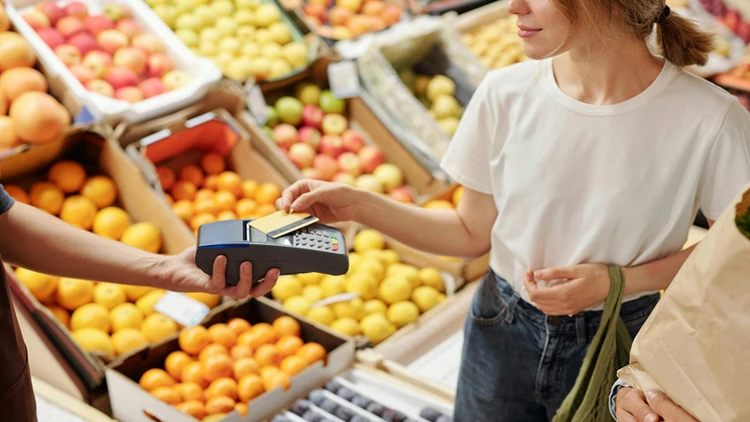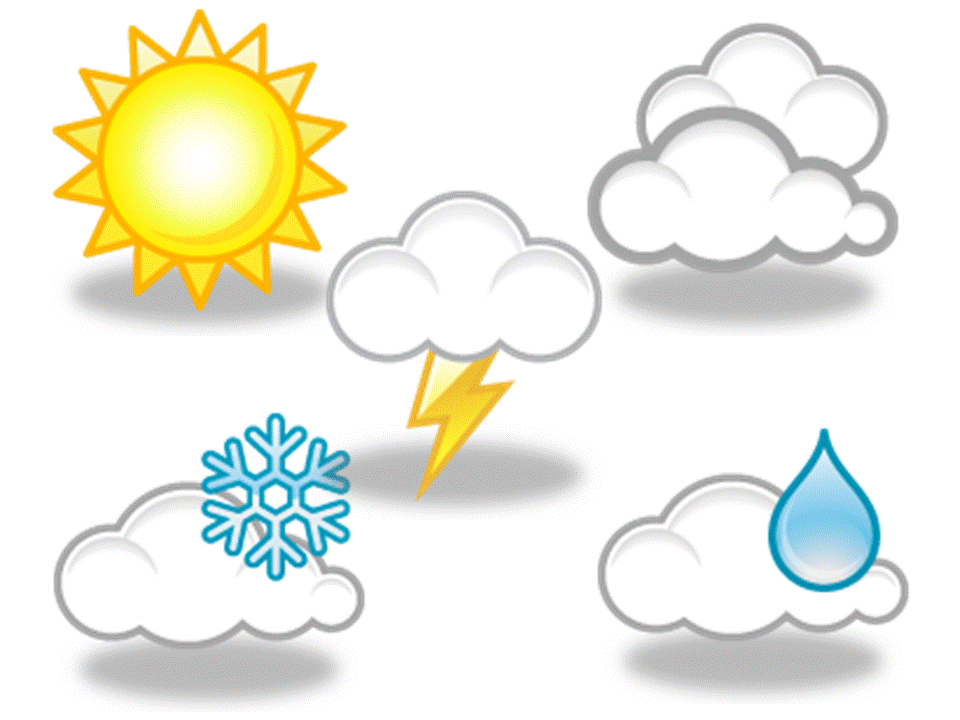Food inflation may be cooling, but not everywhere

The Consumer Prices Index (CPI) tells a story of cooling inflation at the supermarket. In July, prices for food consumed at home rose just 0.1%.
But 12 months of rising prices have pushed prices much higher and for most grocery items, the damage has been done and prices are not falling. Datasembly, which tracks grocery prices in real-time, follows these specific categories:
| Snacks | Bakery | Beverages |
| Baby food | Baby formula | Cereal |
| Cookies | Crackers | Meal solutions |
| Grains/beans/pasta | Baking | Seasonings |
| Sauces | Candy/gum | Fruits/vegetables |
| Condiments | Spreads/dressings | Pet food |
States where prices have risen the most
On a national basis, prices of these grocery items appear somewhat stable. Data from Datasembly showa nationwide increase of a little less than 2% year-over-year.
But the fact is, grocery prices have risen faster in some areas than in others. According to Datasembly, population density can be an important factor influencing pricing strategy and trends will likely differ from very urban to very rural areas because of issues related to supply chain, different levels of demand, and competitive dynamics.
Here are the states where prices of these grocery items have risen the most over the last 12 months:
| Vermont 37.6% | Montana 37% | Louisiana 36.6% | Alabama 36.1% | Washington 35.9% |
Cities where prices have risen the most
Grocery prices may also be higher or lower in some metro areas, for the same reason that there is a price difference in some states.
According to Datasembly, here are the metro areas where overall grocery prices have risen the most over the last 12 months:
| Sacramento 37.5% | Tampa 36.4% | Greenville, N.C. 36.3% | New Orleans 36.6% | Milwaukee 36.2% |
Photo Credit: Consumer Affairs News Department Images
Posted: 2024-08-26 11:26:28



















